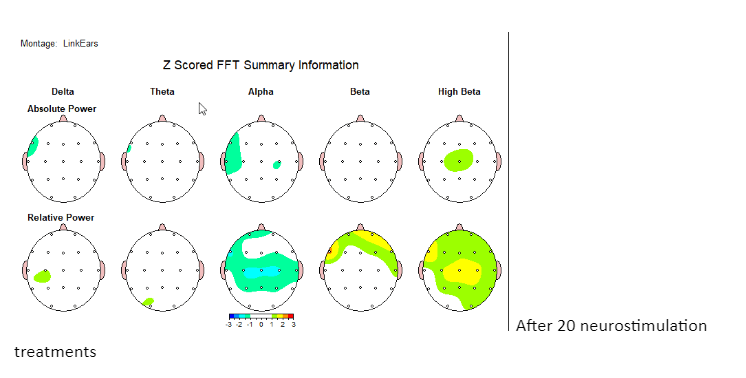What is Concussion, It’s symptoms & treatment
Our brain is the consistency of butter at room temperature. It’s not surprising therefore that it doesn’t take much force to injure our brains. A mild injury to the brain is commonly known as a concussion. More serious injuries are known as traumatic brain injury or TBI. CT scans and MRI can be used to diagnose a traumatic brain injury.
Symptoms of a mild TBI (concussion) may include headache, brain fog, nausea and vomiting early on, low energy, sensitivity to light or sound, attention and concentration challenges, mood dysregulation, memory loss, issues with balance or dizziness and sleep disruptions. Often people simply report they just don’t feel right. For the vast majority of head injuries these symptoms generally resolve within hours or days. Moderate to severe TBI symptoms may include a headache that gets worse or won’t go away, numbness, poor coordination, seizures and repeated vomiting, pupil dilation in one eye, loss of consciousness, difficulty maintaining wakefulness, and poorer cognitive functioning. Some patients are easily confused, restless, agitated and don’t recognize familiar people or places.
With post concussion syndrome (PCS) symptoms persist beyond 3 months and patients are often unable to work or perform the basics requirements of daily functioning. Symptoms may include cognitive (concentration, reading, distraction, fogginess, and memory) sensory (blurry vision, persistent nausea, changes in taste/smell, tinnitus, temperature dysregulation), mood (anxiety, depression, overwhelm, irritability, low energy or motivation, other personality changes) and blood dysregulation (headache, fatigue, nausea, dizzy, pressure in head, neck pain, tired eyes and sleep disruption).
Research findings indicate that a history of repeated brain injuries such as those experienced by many professional athletes is associated with increased risk of dementia, mood disturbances such as anxiety, suicidal depression and other cognitive challenges later in life. Traditionally, treatment for concussion and TBI consisted largely of rest and time. More recent research has demonstrated the importance of diet, exercise, and brain training techniques to support recovery.
The physiology of what happens in the brain following an injury result in parts of the brain shutting down, conserving resources, and performing only necessary functions. Mitochondria shut down, reduced blood flow, and disrupted neuronal connectivity all impact functioning and symptoms. The following shows a typical response to brain injury with considerable under functioning or a state of “shut down” in the brain.
Neurostimulation techniques such as tDCS, tACS, pEMF, and tVNS are relatively non-invasive tools available in the treatment of TBI and concussion. Neurostimulation creates a neuroplastic state in the brain, increases blood flow to injured regions, and supports healing. Research assessing the use of neurostimulation in the treatment of TBI show very promising results. Recovery may be enhanced by increasing blood flow, supporting neuronal connectivity, and initiating mitochondrial recovery. By supporting the brain at the cellular level new neural pathways essential to recovering full functioning and brain health following TBI are possible.


